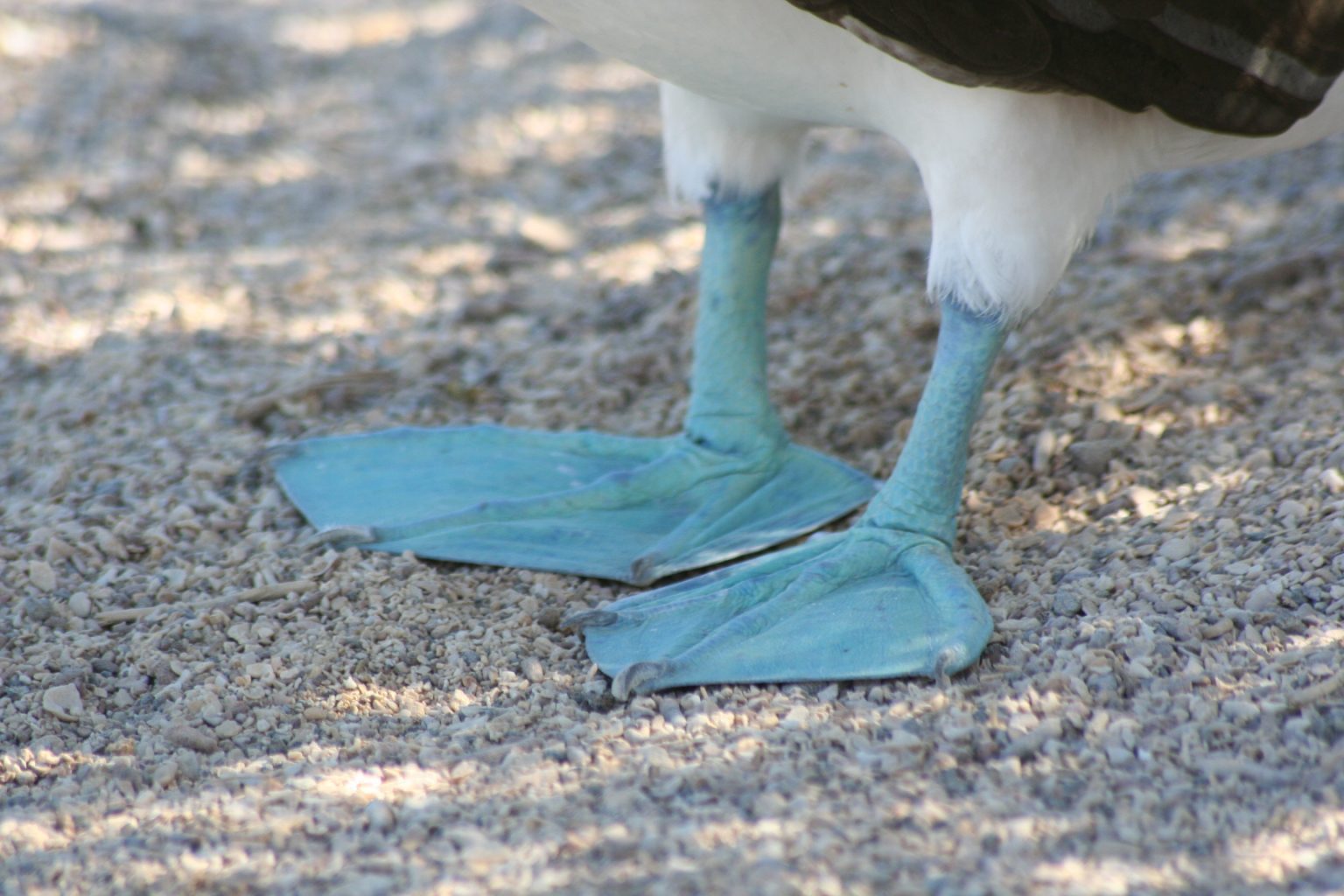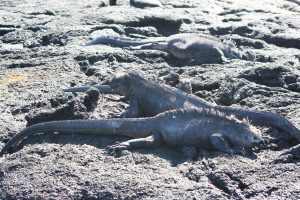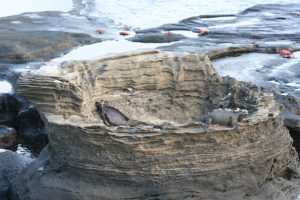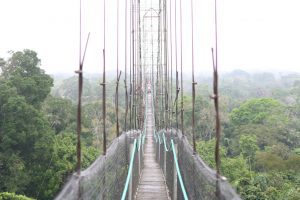🙂 Blue footed and Red footed boobies!
Woke at 6am when we anchored – tummy not great so took a tablet! Breakfast was great.

Visitors can explore two visitor sites on Genovesa and will be impressed with the abundance of frigatebirds, Nazca and Red-footed Boobies, Swallow-tailed Gulls, storm petrels, Red-billed Tropicbirds, finches, and mockingbirds, among other bird species. Genovesa is one of the few places in the Galapagos Islands where Red-footed Boobies are found en masse. First stop was Prince Phillip Steps.




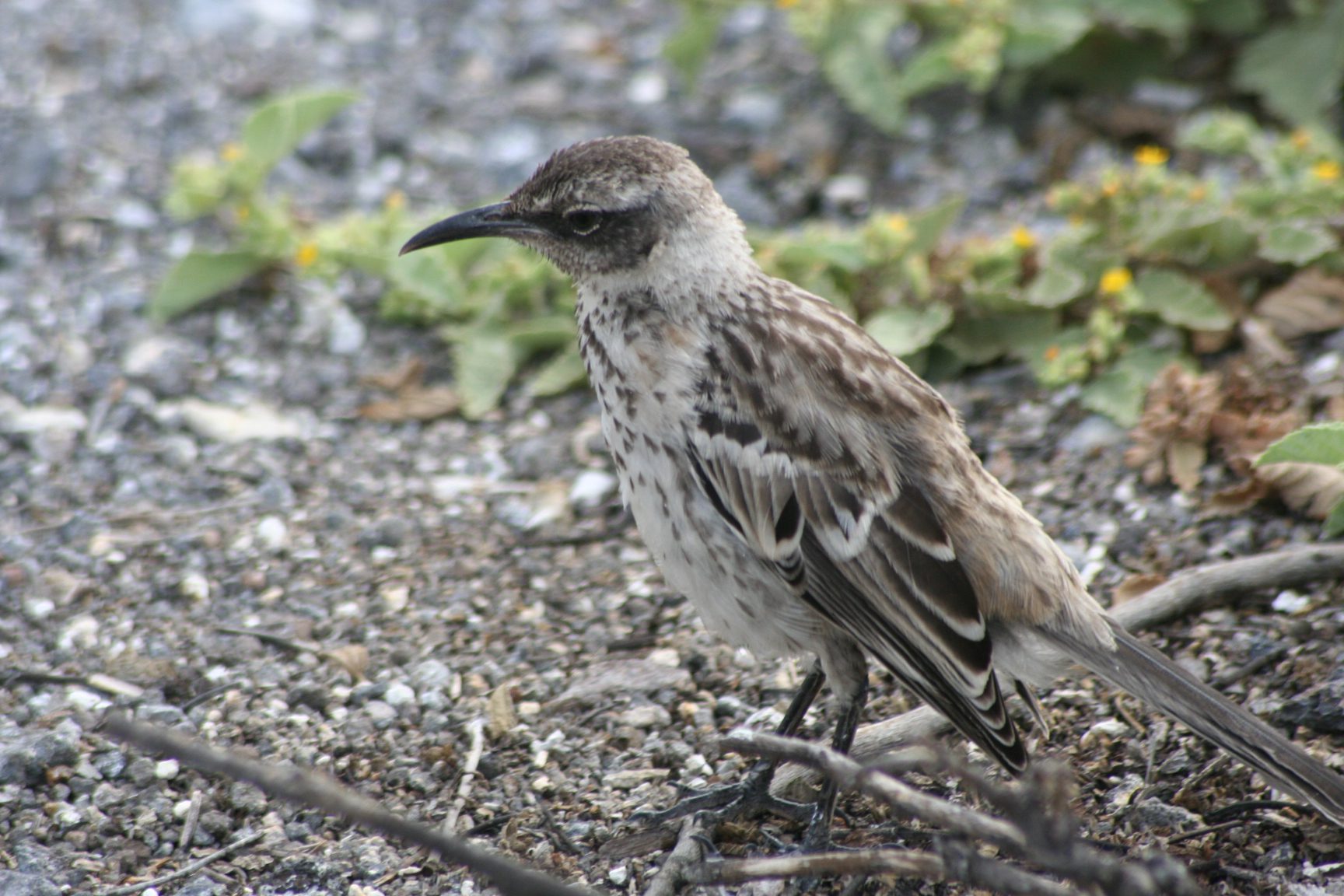
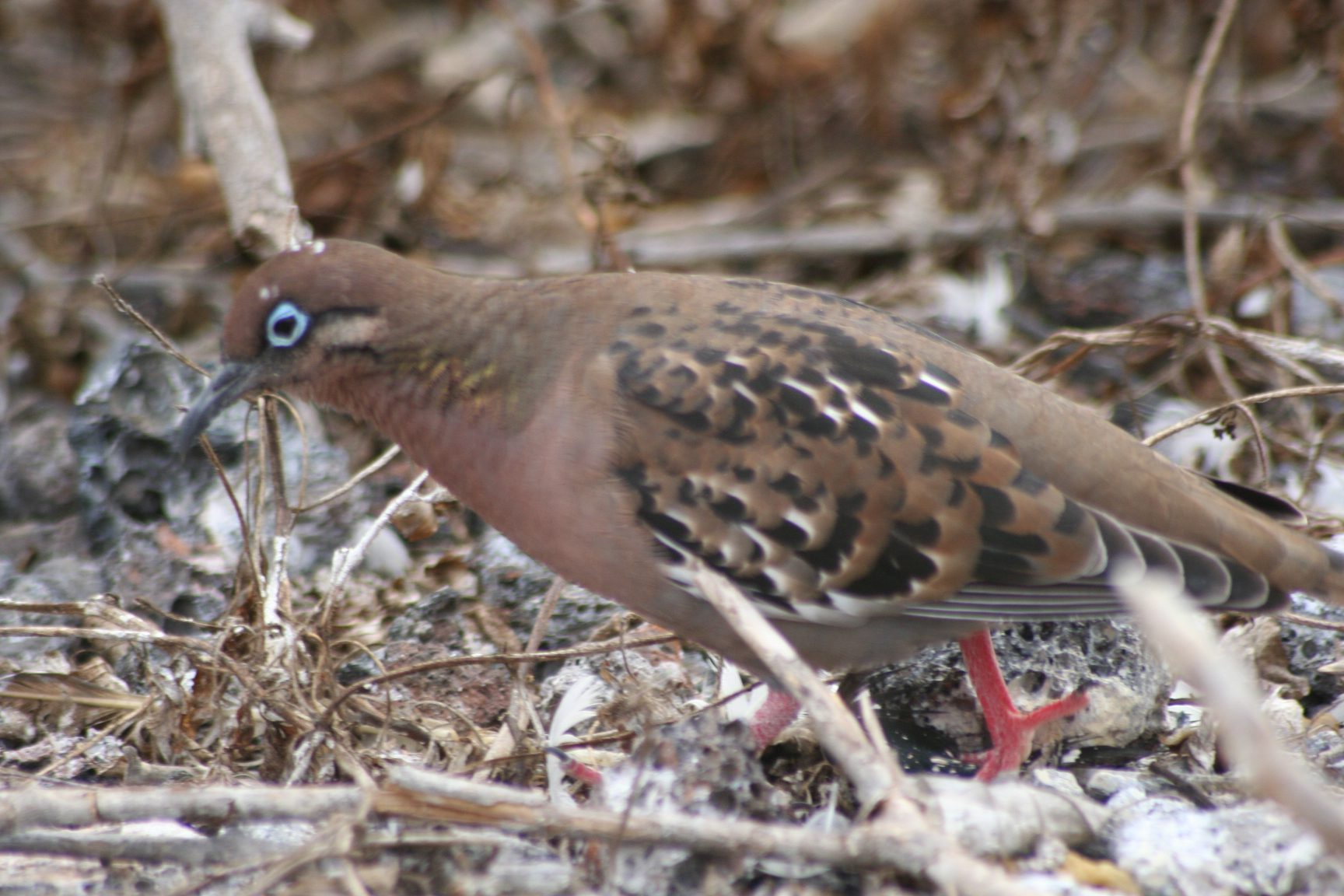

On the dinghy ride to Prince Philip’s Steps visitor site, named for Prince Philip who visited Galapagos in 1965 and again in 1981 we marvelled at the variety of sea life using the crevices of the lava cliffs for shelter.

Red-billed Tropicbirds flew overhead, darting between their nests and the bay, and a small colony of fur seals rested near the landing site.

We were dropped off at a steep stairway that begins on rocks at the foot of a path that leads through a seabird colony full of Nazca and Red-footed Boobies. You literally have to watch your step so that you do not step on them as they are oblivious to your presence!

The Nazca booby is a large seabird of the booby family, Sulidae. They feed by plunge-diving usually on flying fish, anchovies and sardines. Usually, they feed away from land and it is rare to see them fishing. They can live from 20 to 25 years. Their courtship ritual involves the sky pointing position and shaking the head up and down and to the sides. After the male’s display, the female would join the male in the sky pointing position, knocking their beaks together. Females lay 2 eggs that hatch, but only one would survive due to food availability and parental care. The fittest chick would push away the other from the nest or even kill it. Studies have shown that this behavior increases the surviving success of one chick, compared to the pairs that only lay an egg. Their breeding season lasts 9 months, the months vary depending on the island. This species nests on the ground and the chicks grow as big as their parents, before developing feathers and need parental care until they strengthen their flying muscles. They have trouble taking off due to their weight and size, so they prefer nesting in cliffs and islets from where it is easier to fly off. They can be seen on almost every island and in the walls of most cliffs, with about 20 thousand pairs living in the archipelago. We had a courting couple exchanging sticks and then mating. They build a round nest and clear twigs from the middle and surround it with guano to mark their territory.

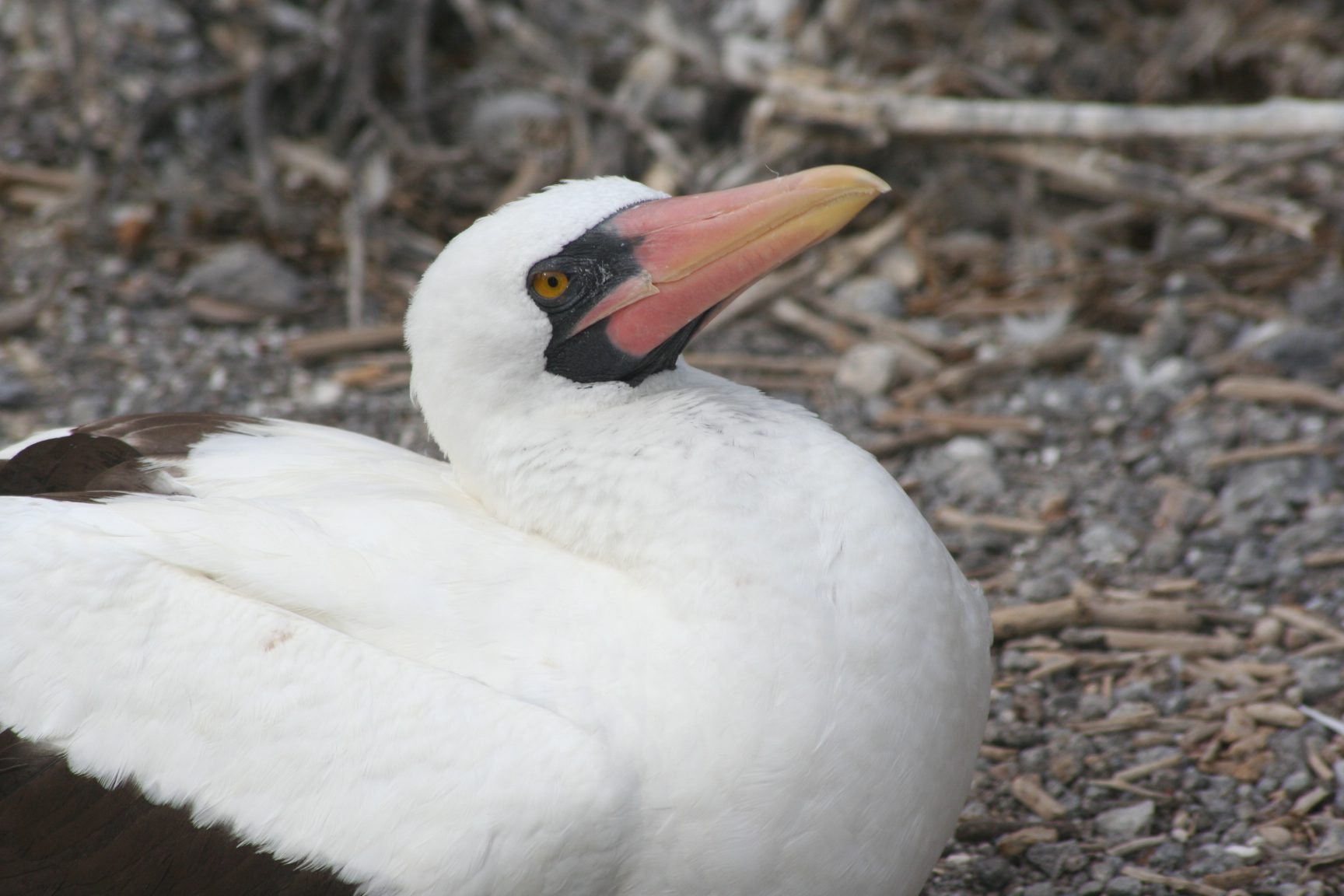
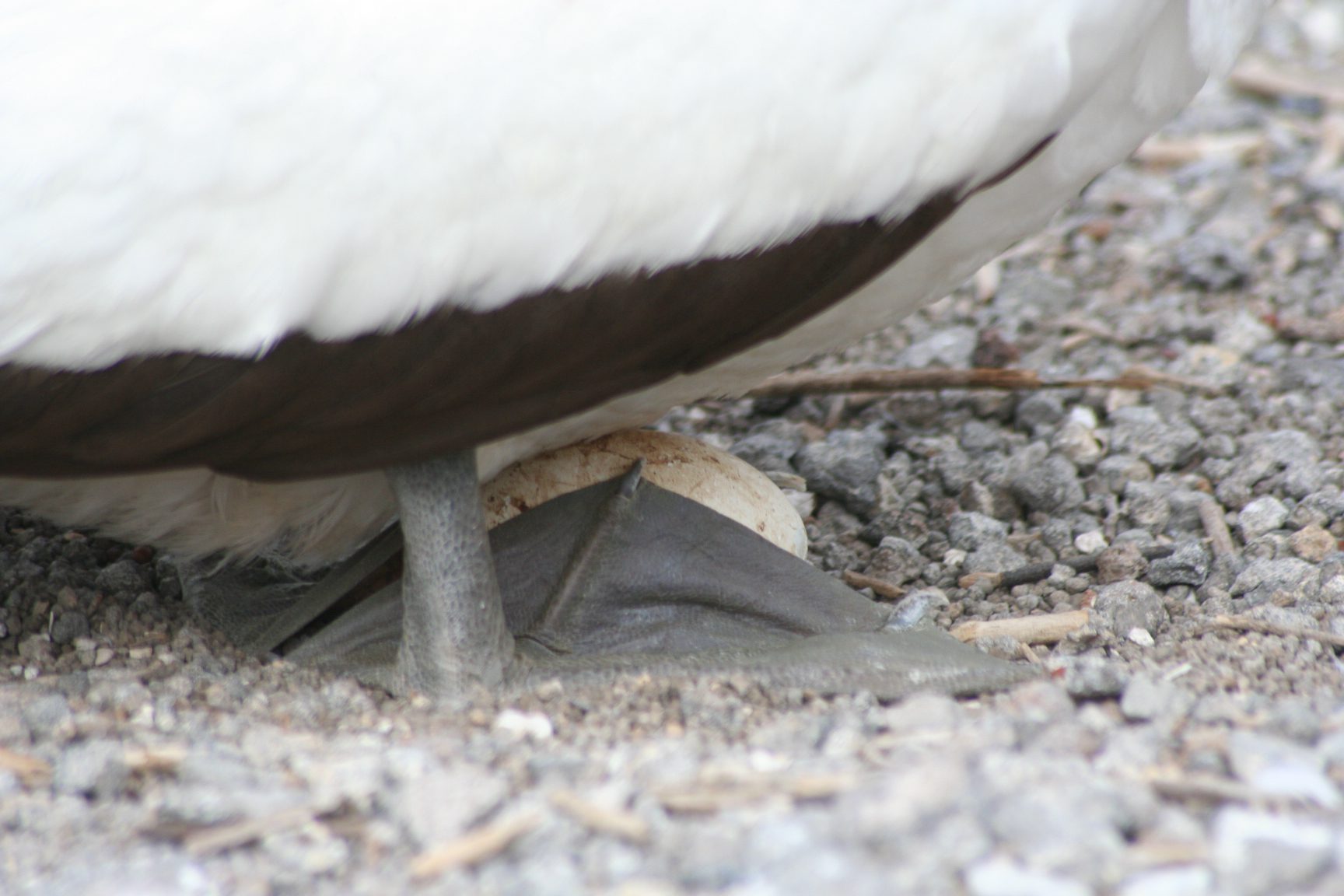
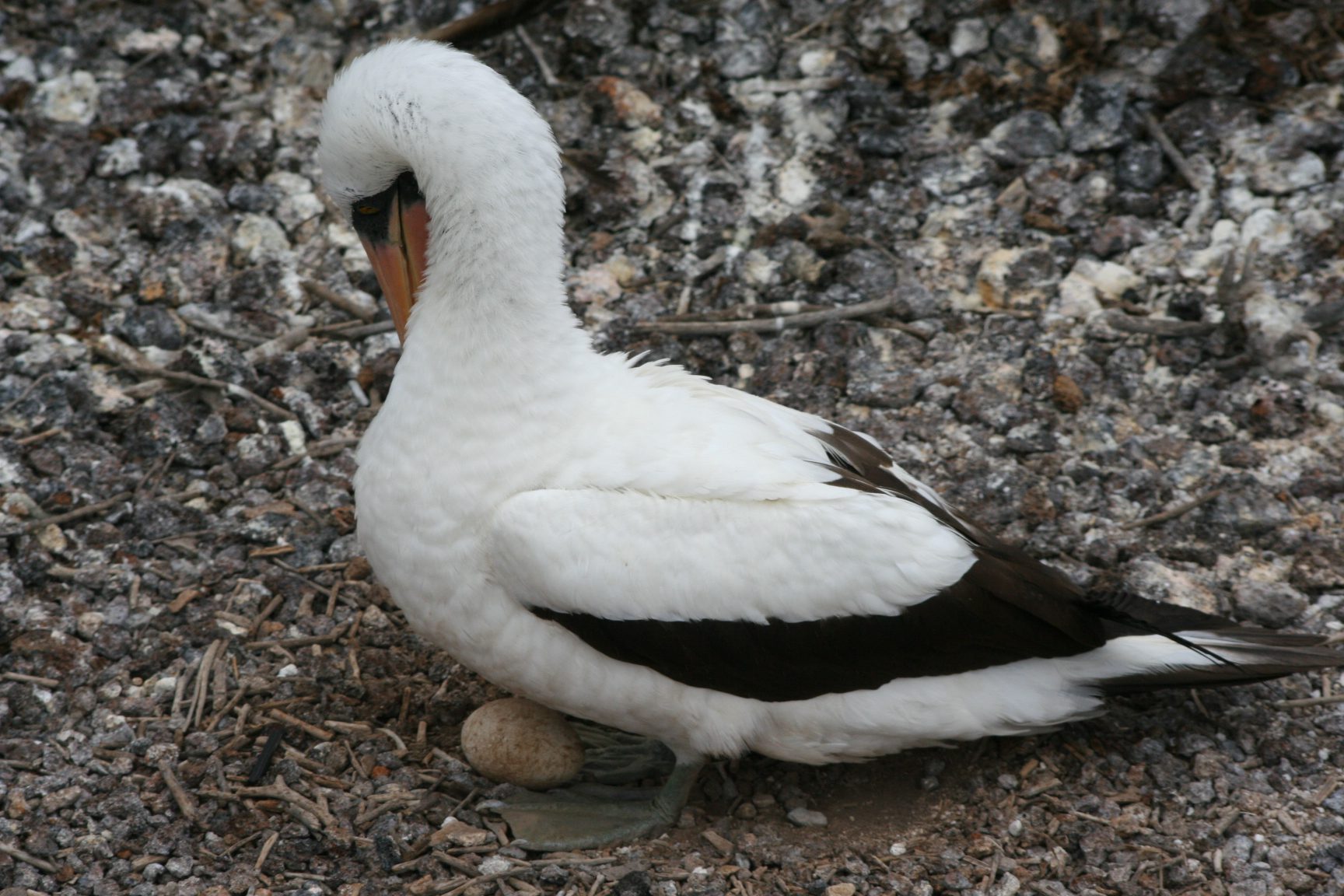
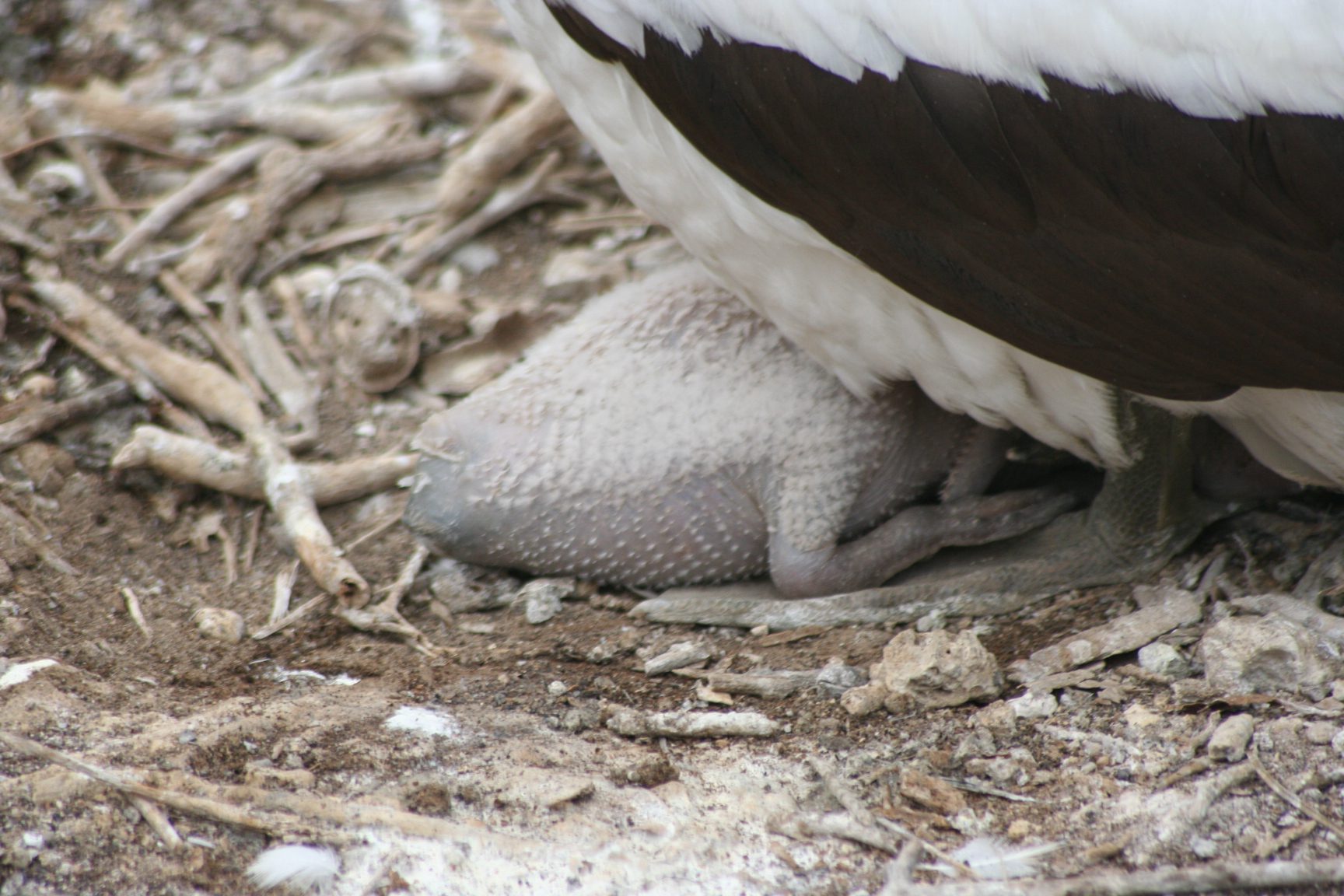
Nazca Boobys
The red-footed booby is a large seabird of the booby family, Sulidae. Adults always have red feet, but the colour of the plumage varies. They are powerful and agile fliers, but they are clumsy in takeoffs and landings and they do not migrate. They are the smallest of all booby species. They have distinctive red legs and feet, and a pale blue bill, but, unusually, they exist in several colour variations.


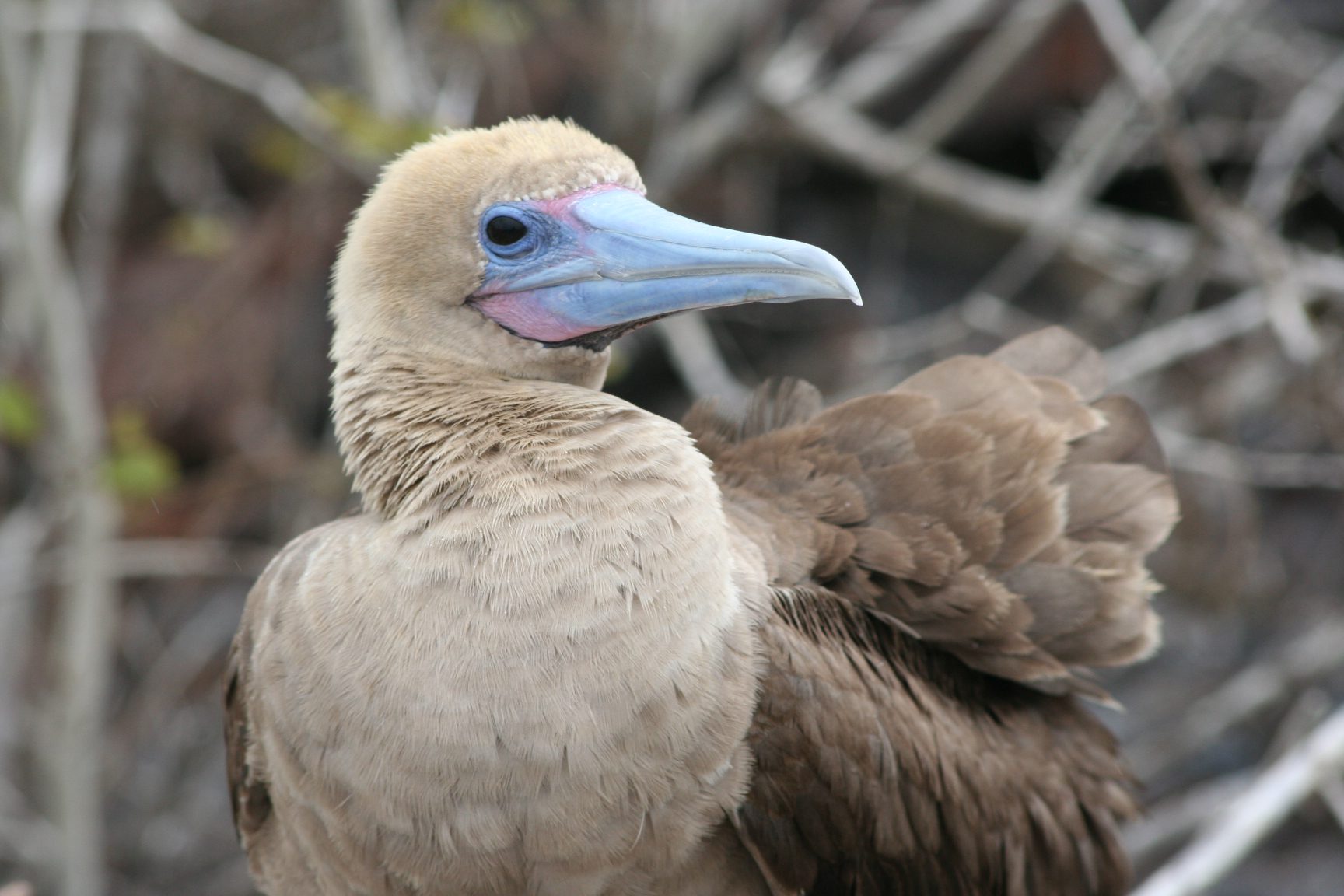

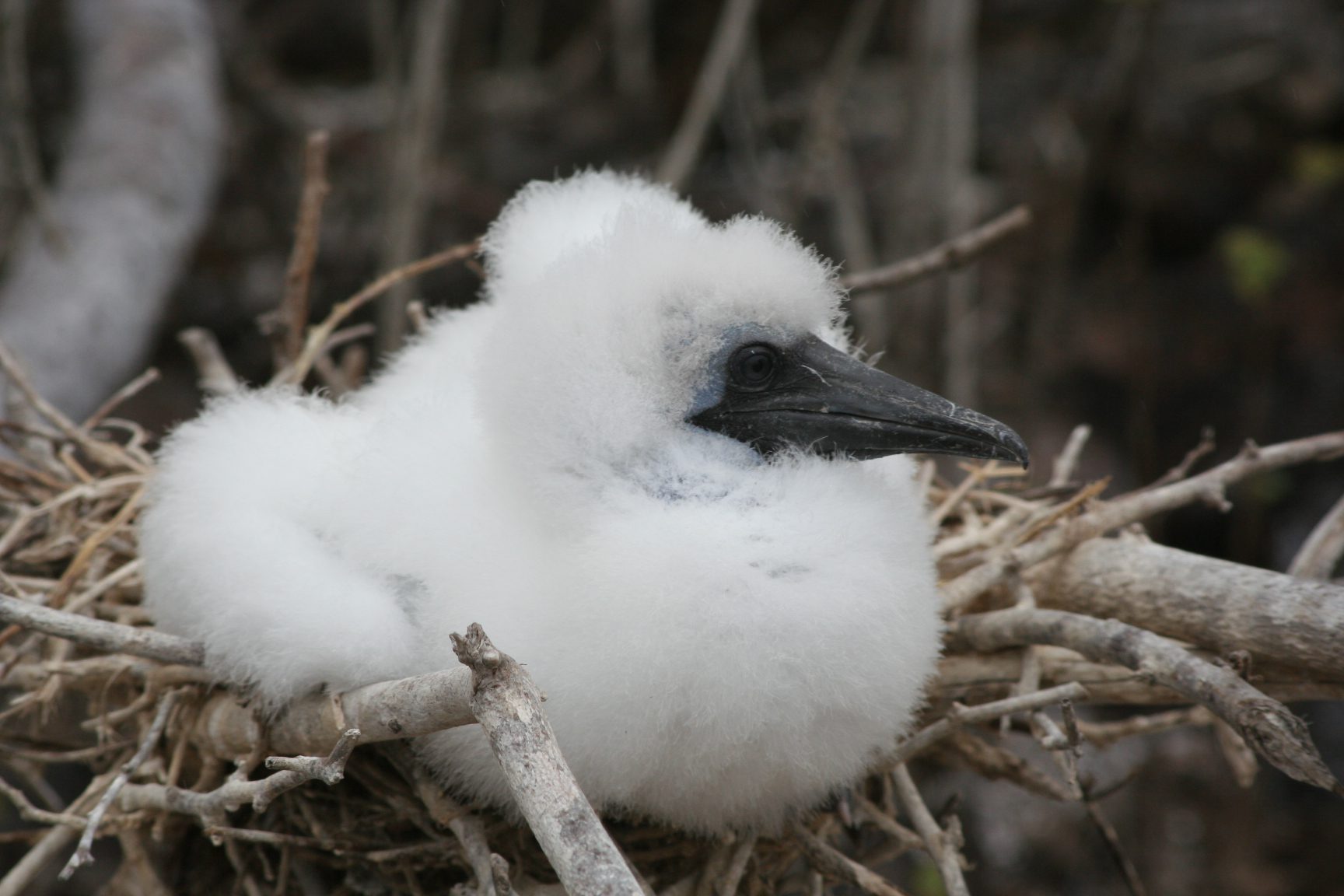
The marine iguanas found along the shoreline are the only reptile on Genovesa and are the smallest in the archipelago. They appeared to be really curious and walked right up to us to take a closer look!

The trail continues inland and passes more nesting booby colonies in the thin Palo Santo forest. The Frigate birds were amazing! We watched them steal food from the Boobys!
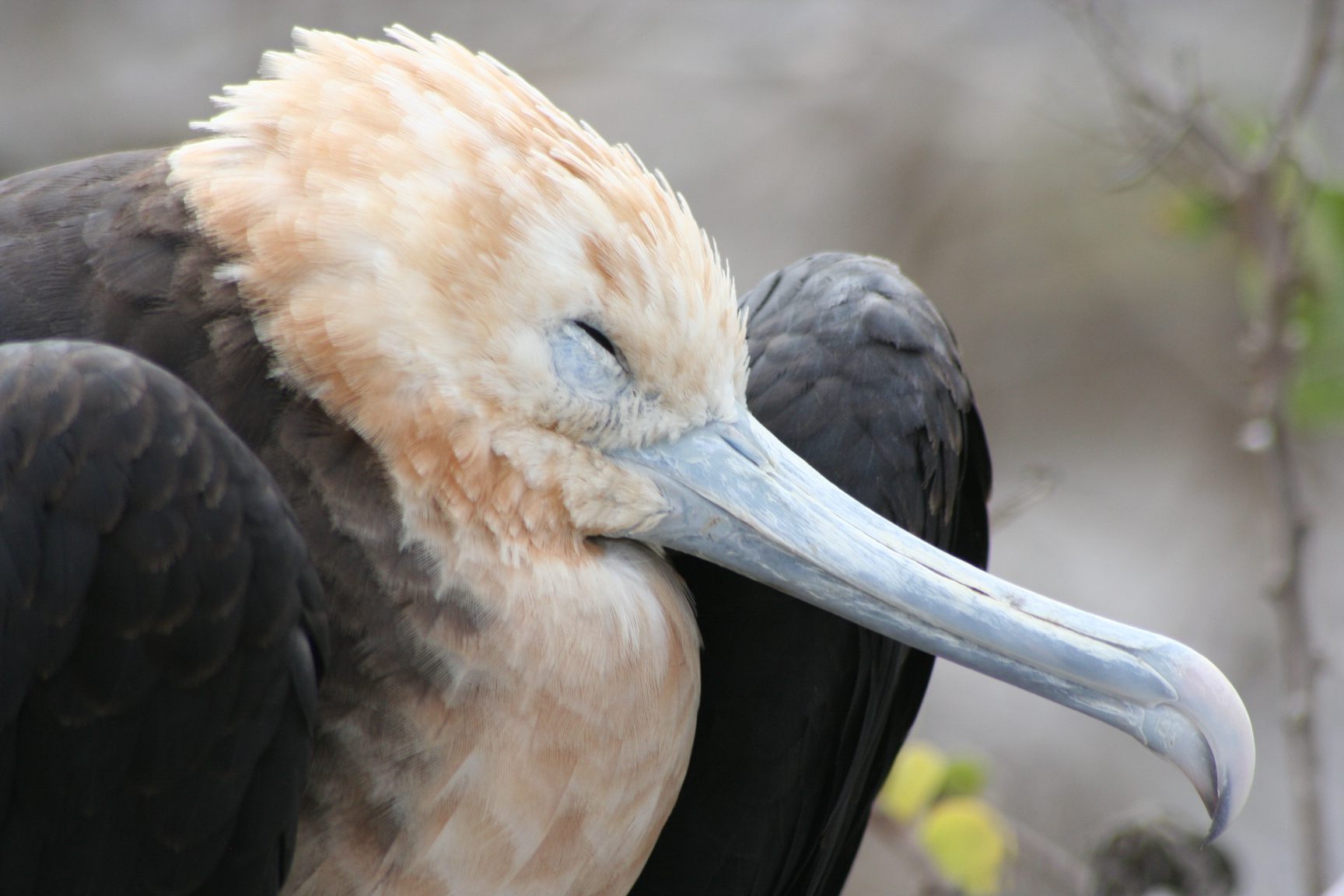
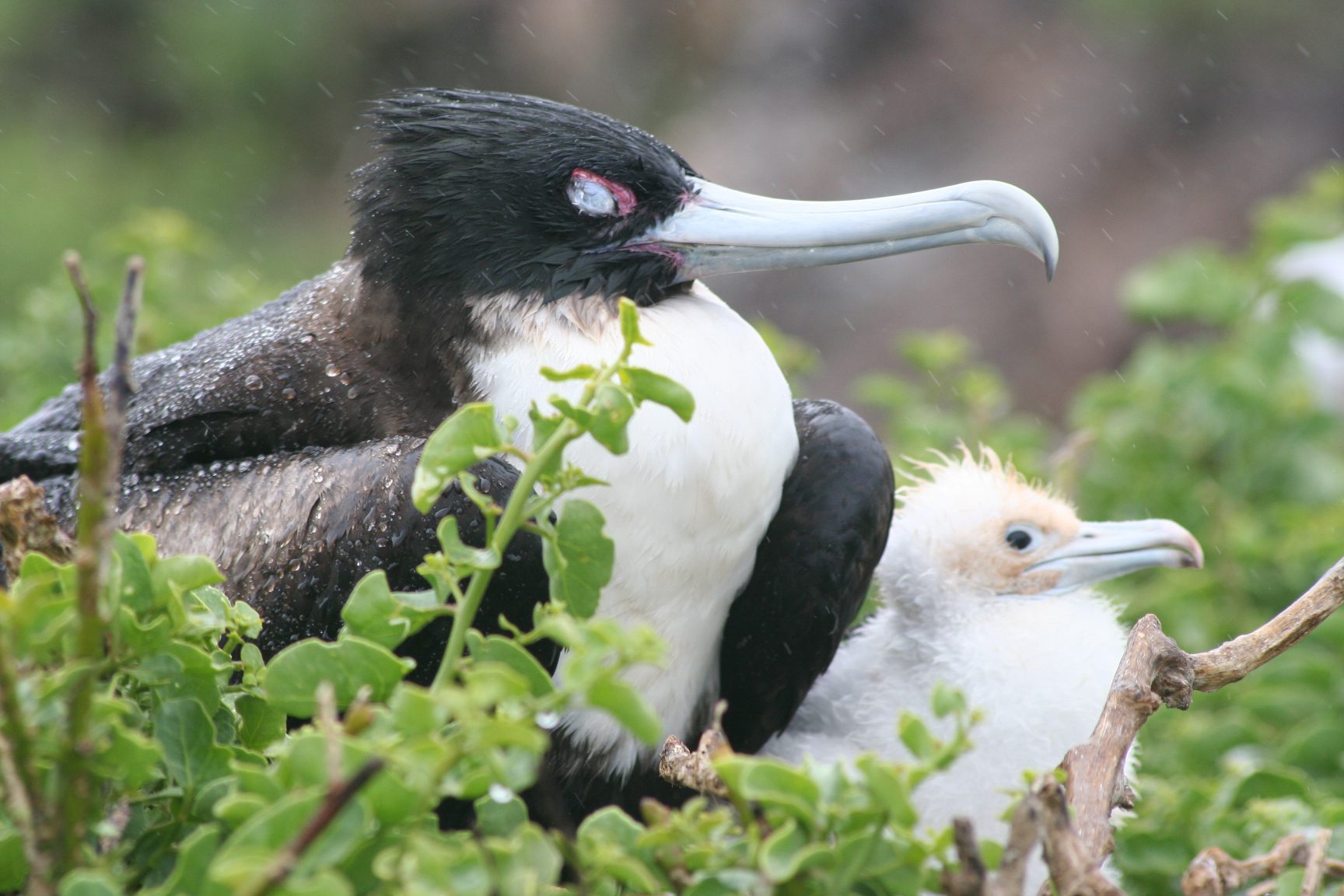

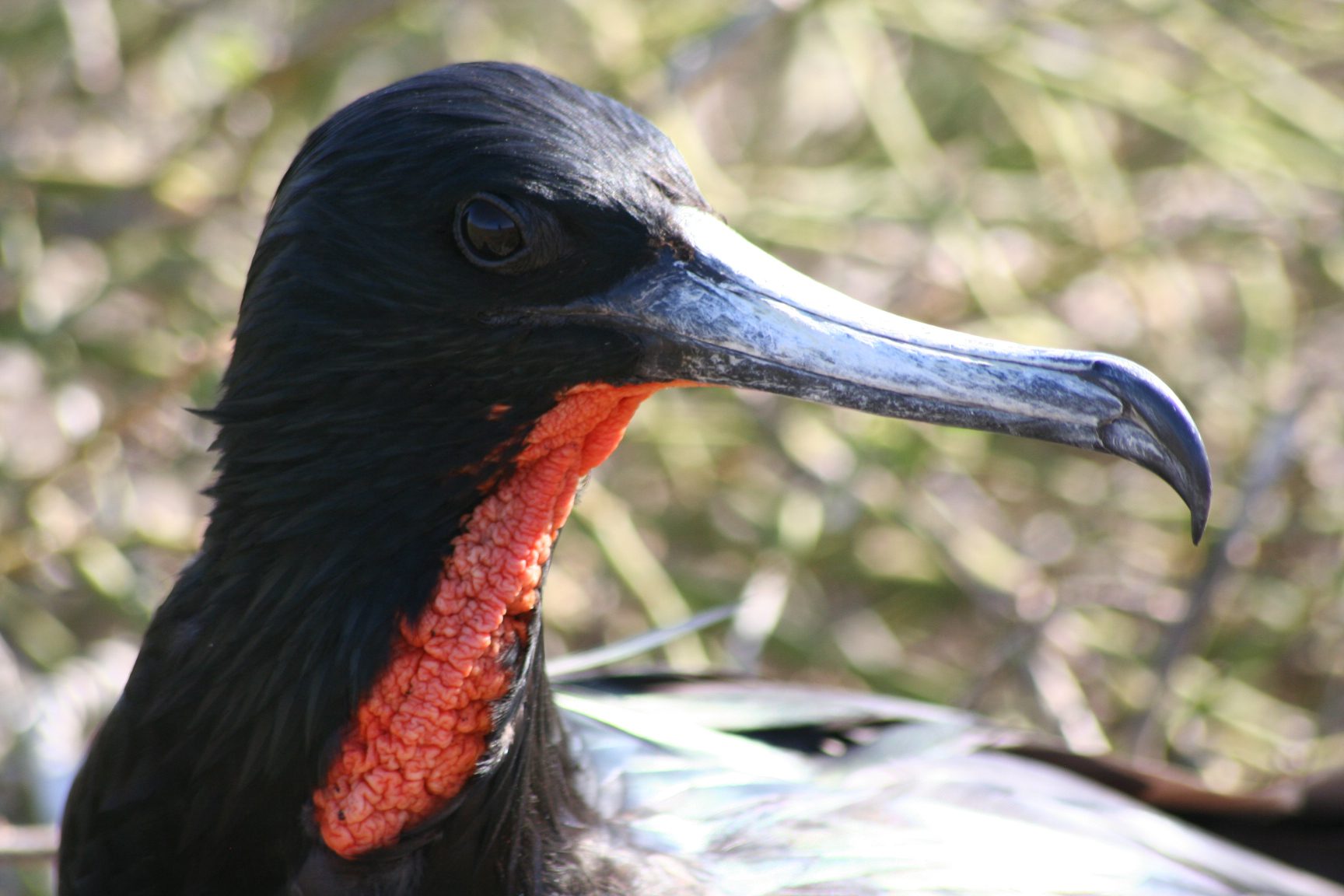
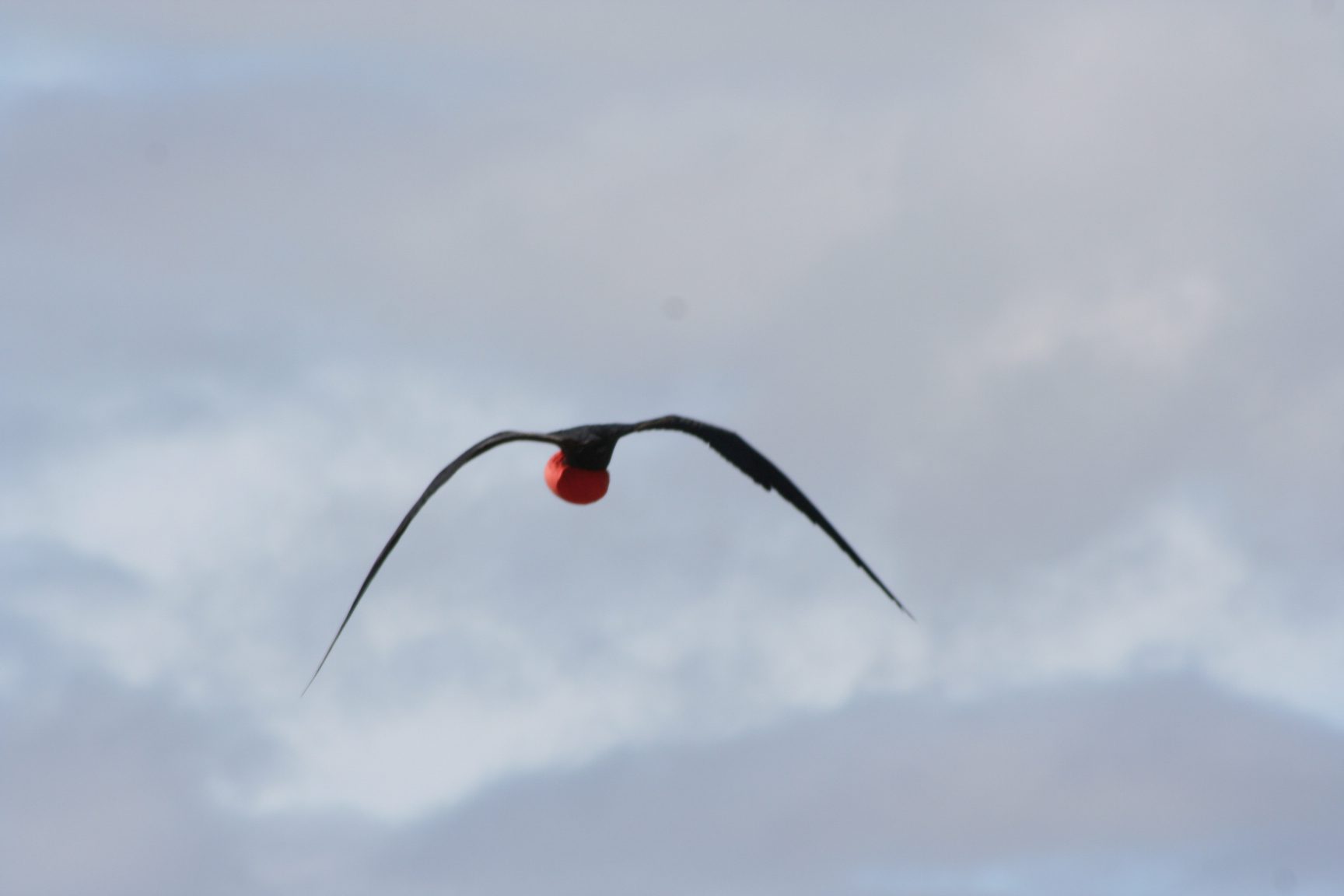
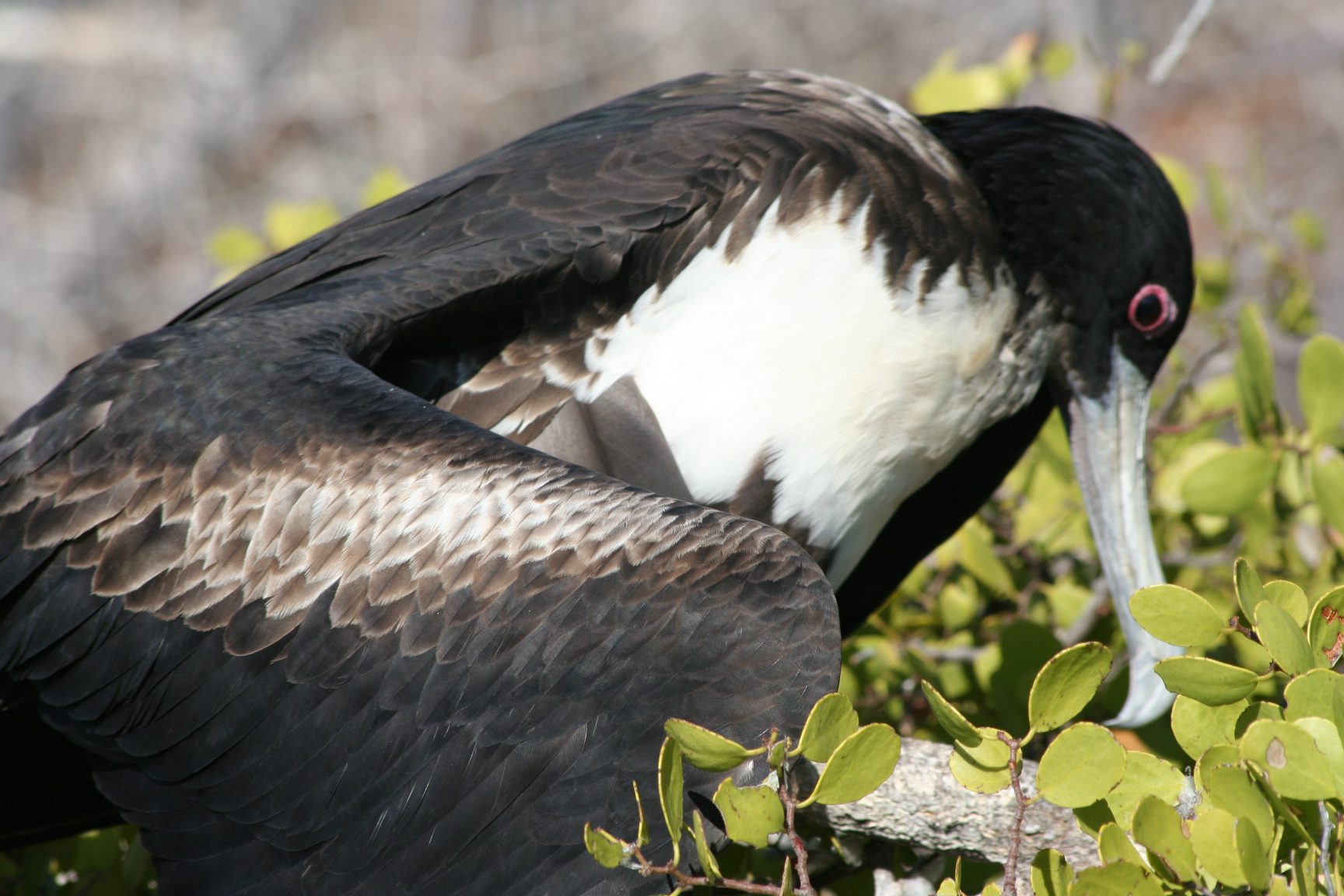
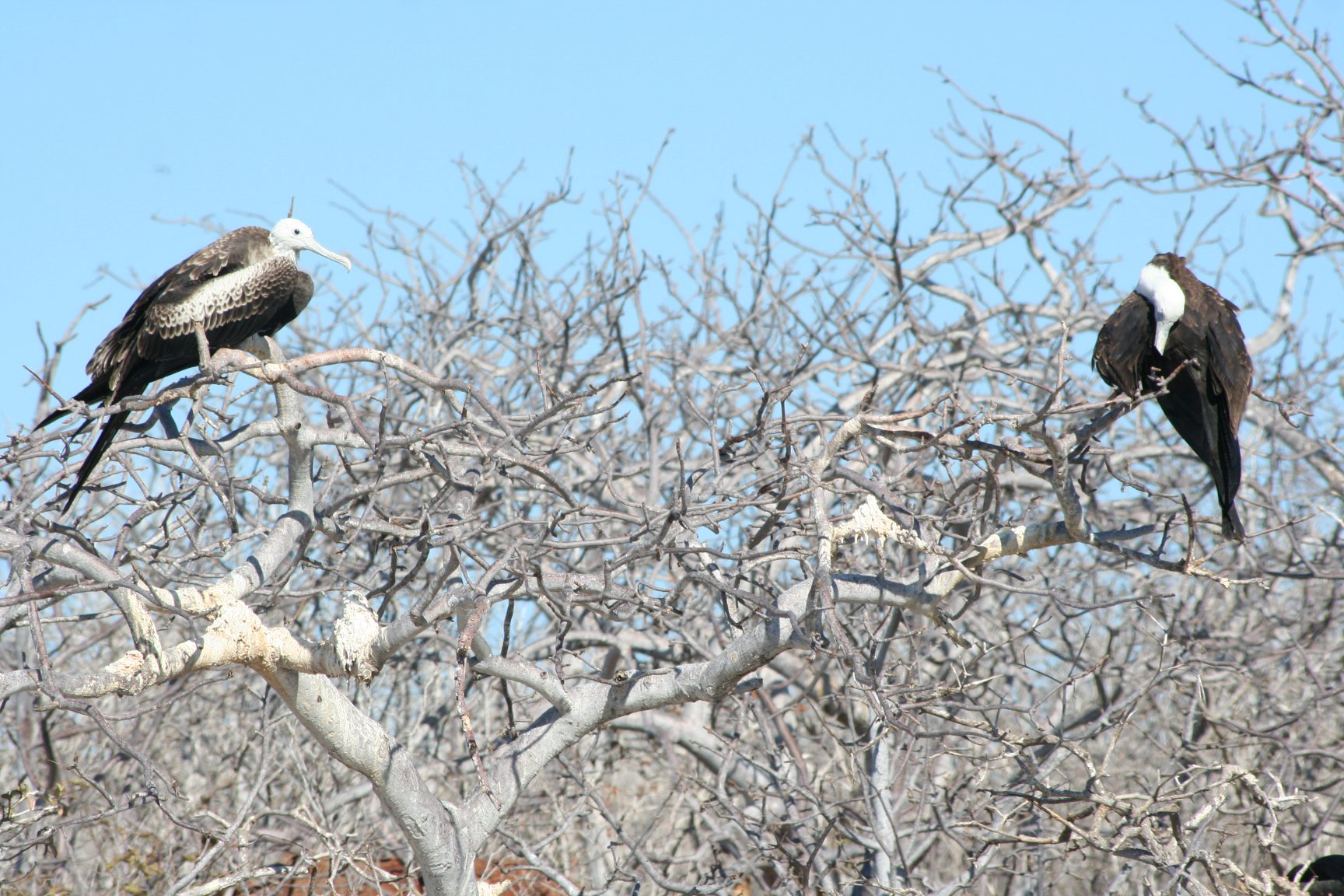
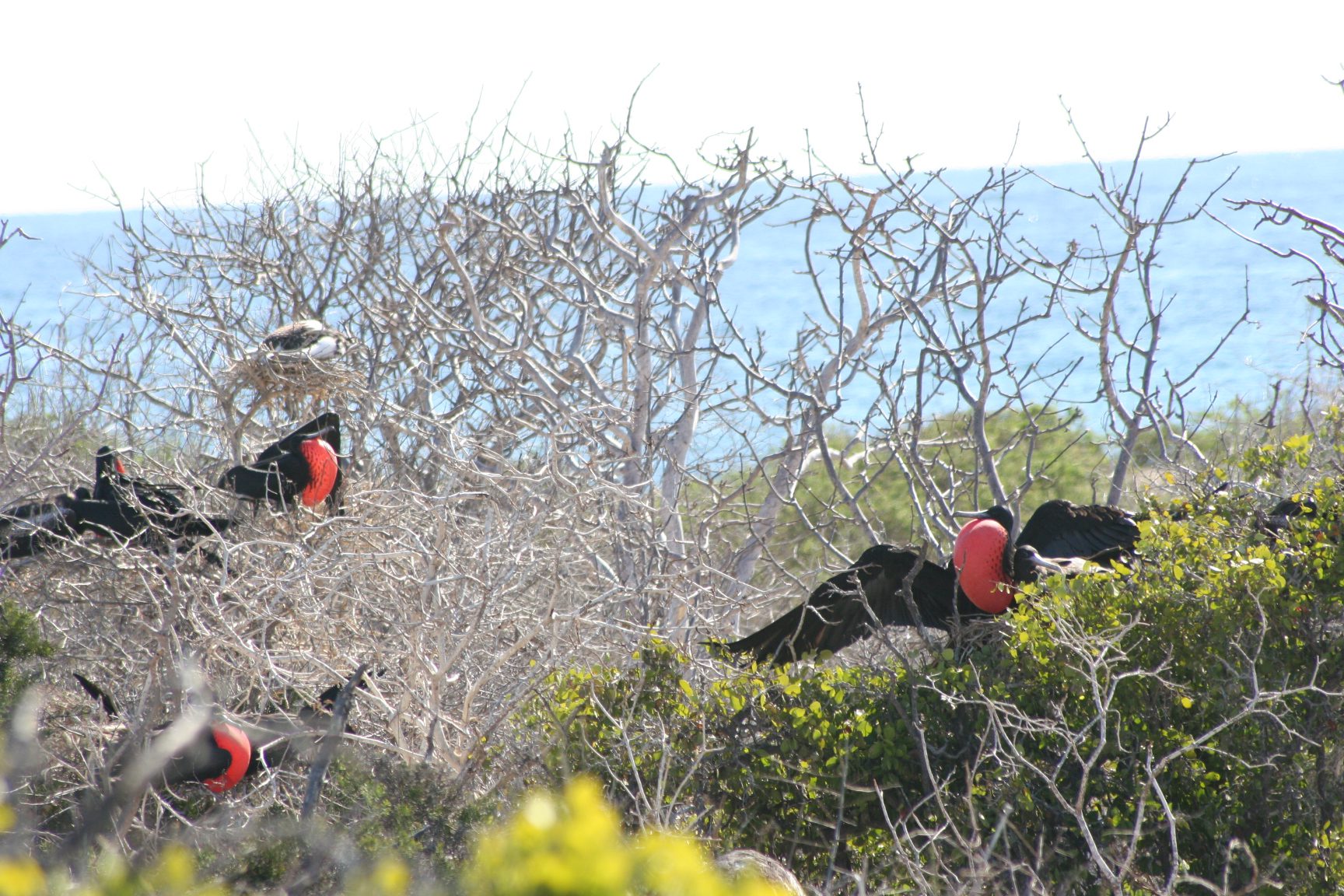
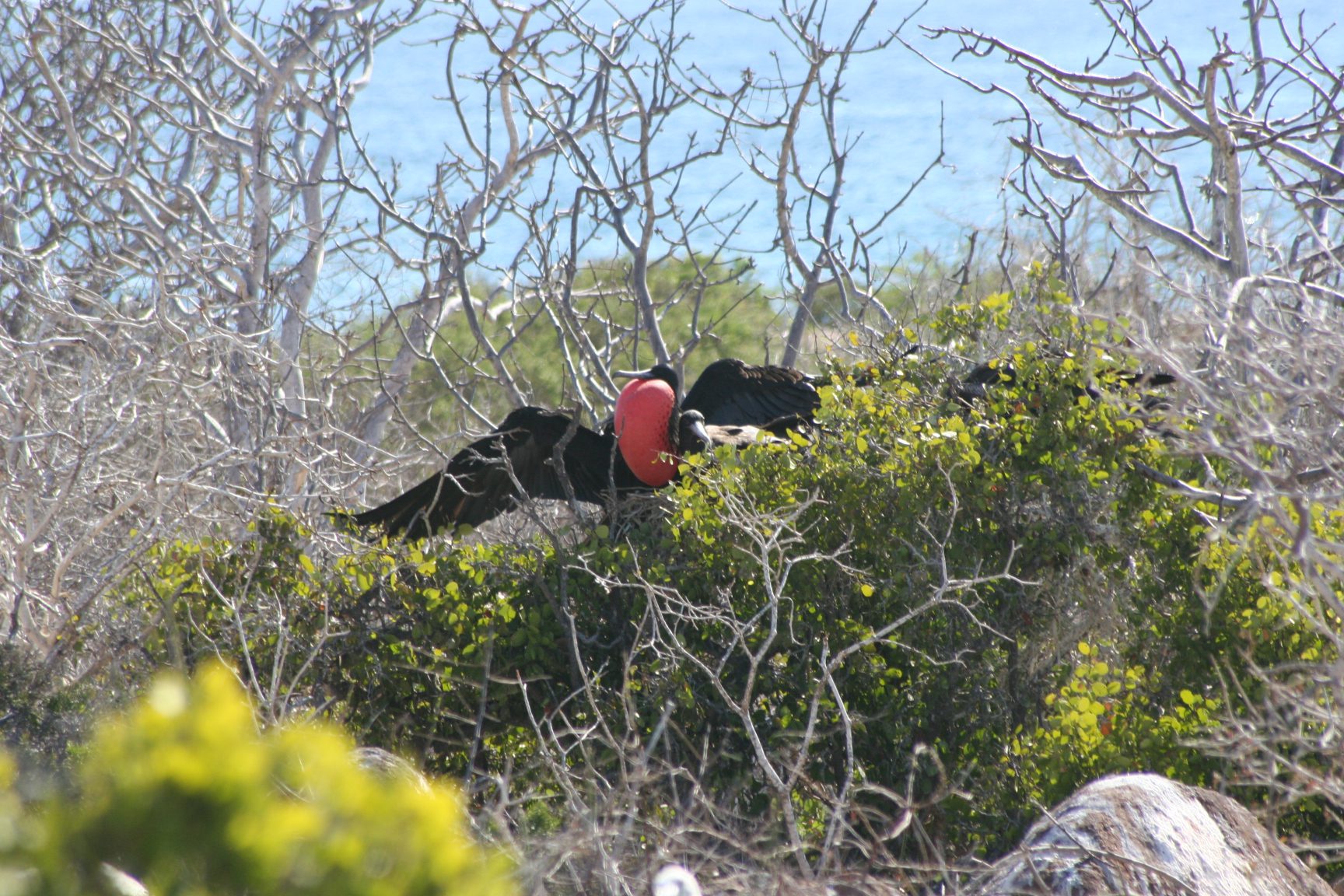
Near the end of the trail there is a rocky lava plain where Wedge-rumped Storm Petrels fly in all directions. Unlike other petrels, these birds are unique because they are active during daytime and return to their nests in the evening to avoid their predators.

We also caught a glimpse of a Short-eared Owl stalking its petrel prey along the island’s eastern cliffs. One took a petrel and we watched it eat.
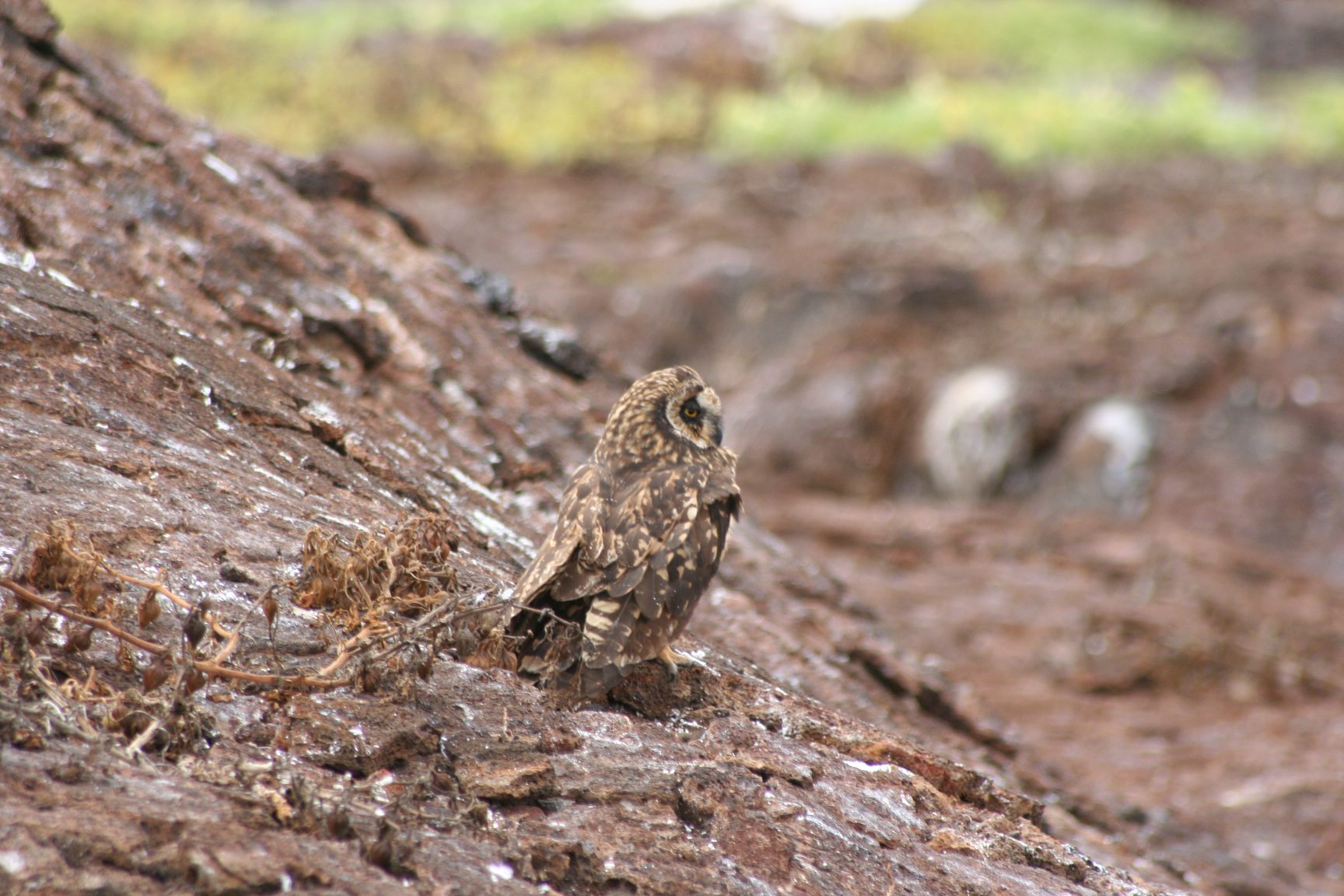
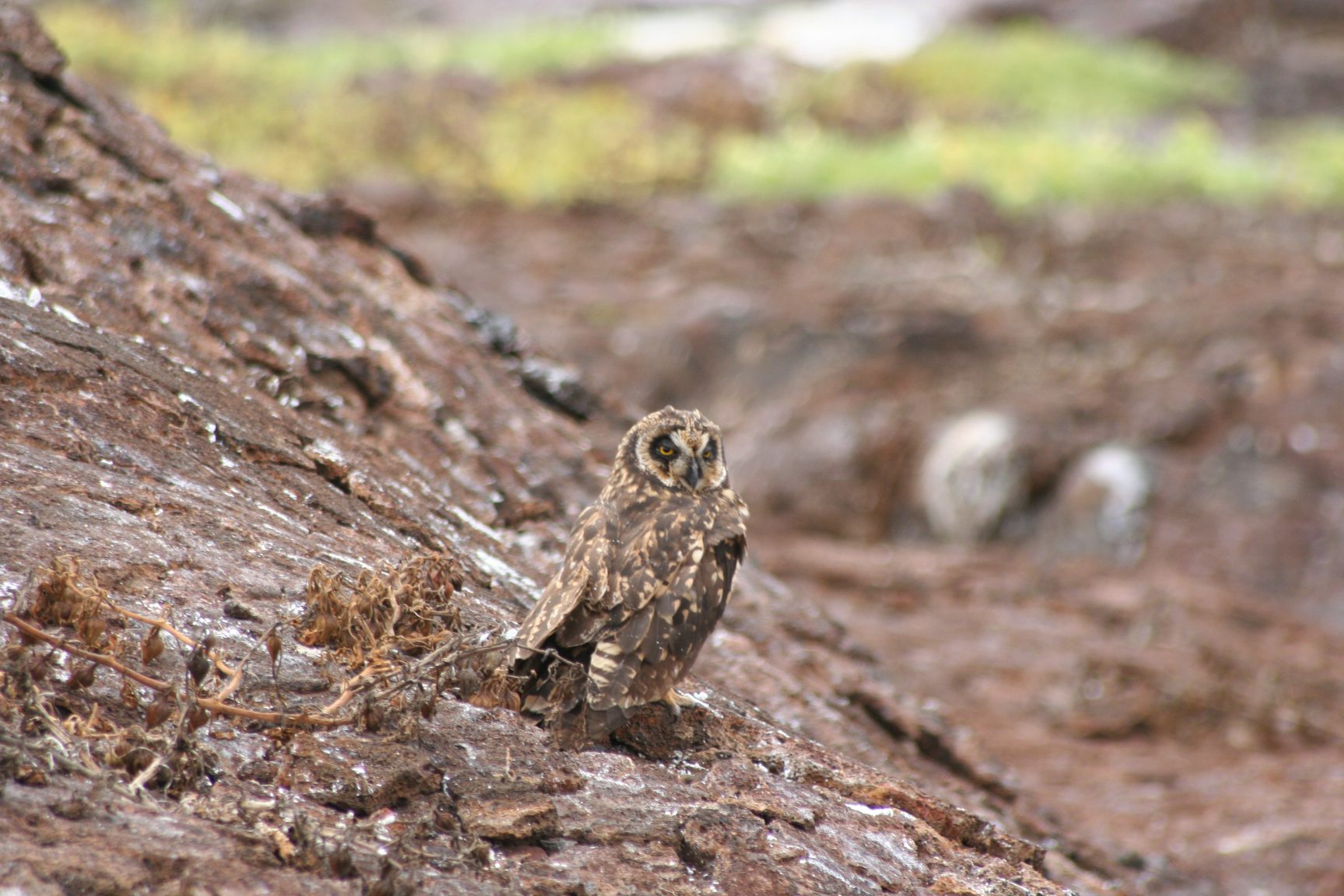
We then did a a deep water snorkel just at the foot of the steps which was great! The sea lions were so cute and curious!Pete threw a stick and a sea lion retrieved it and played with it! We saw loads of yellow fin sturgeon, moorish idol, parrot fish and Panama Sergeant Majors a shark and a manta ray – very cool!
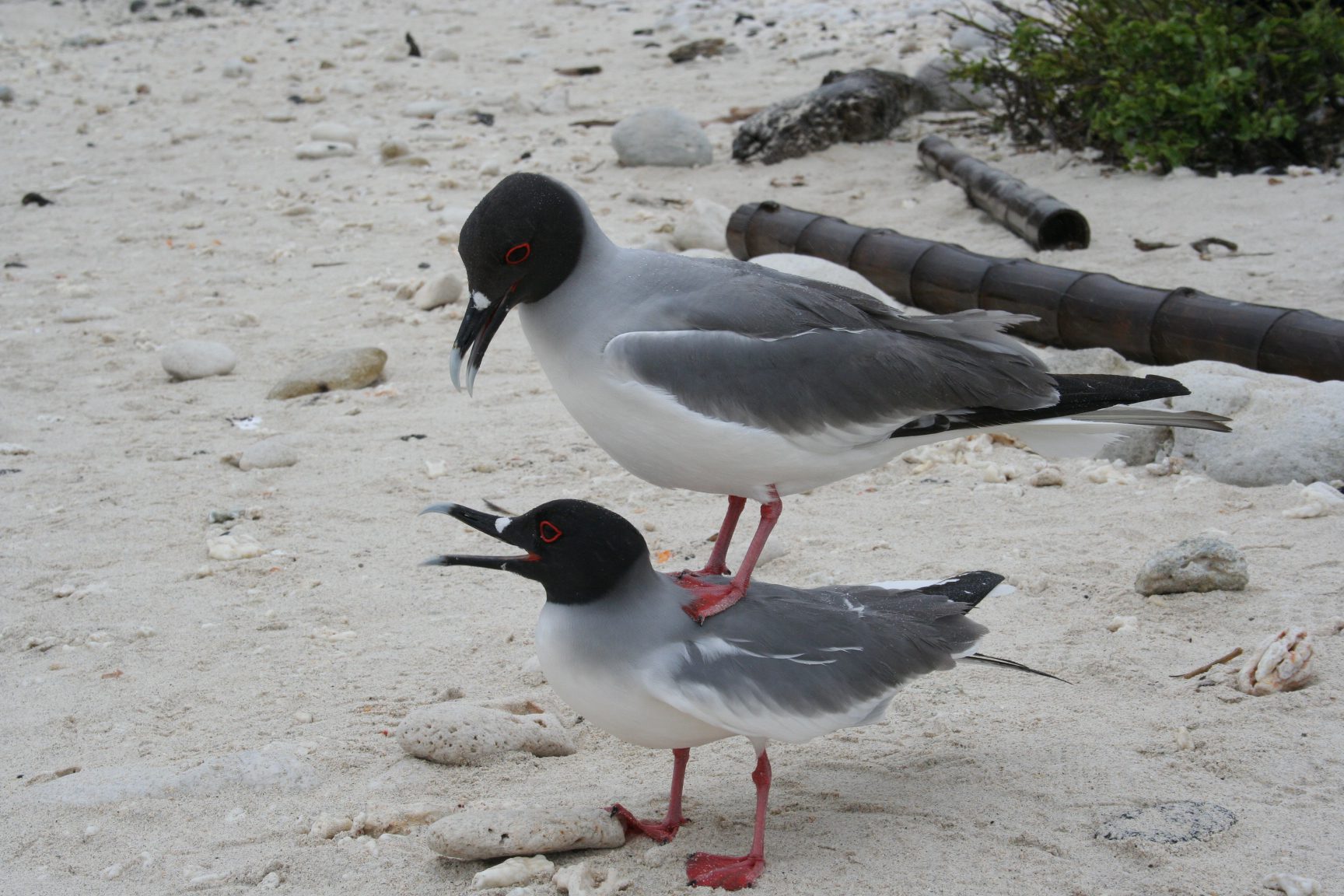
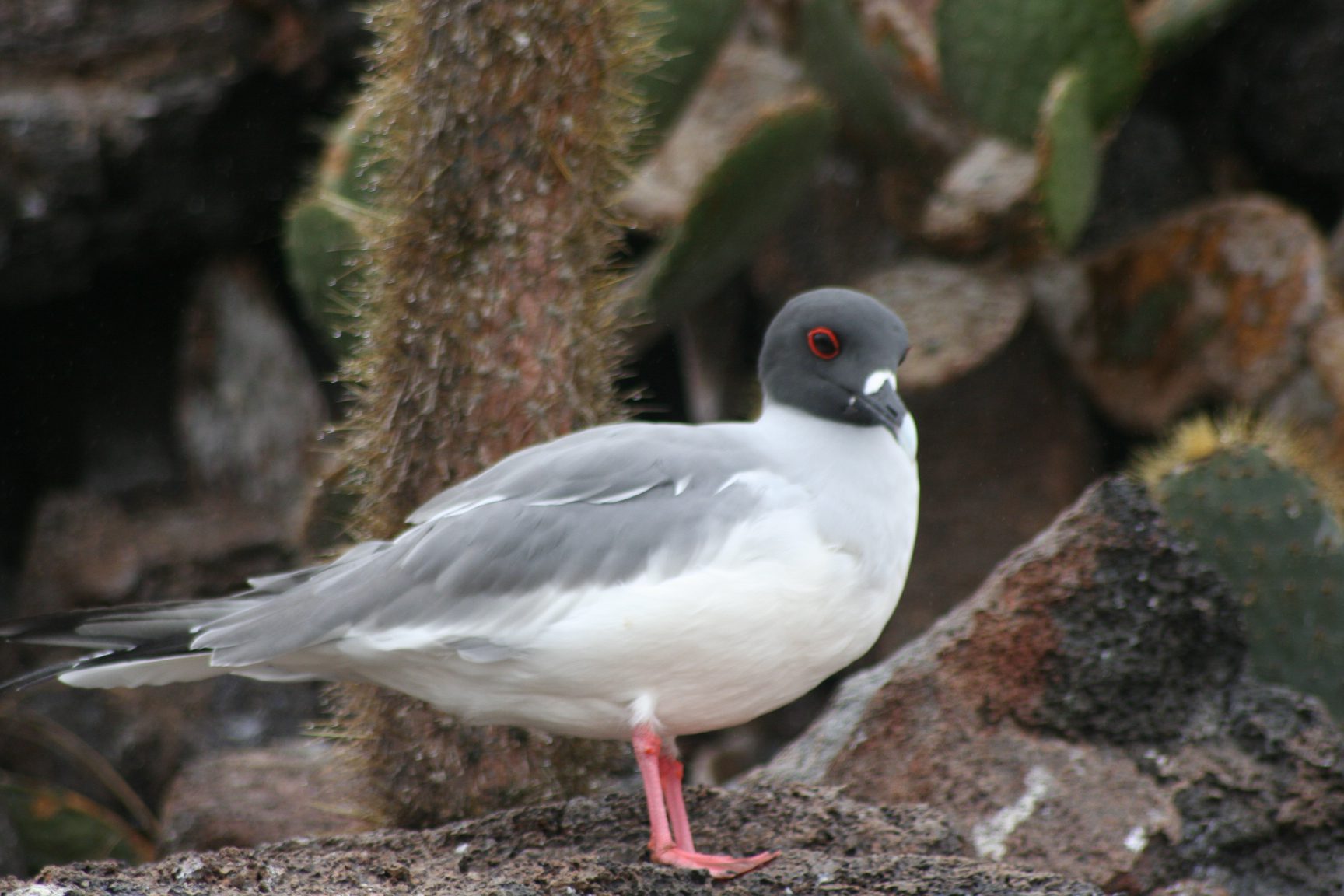
The flat island is the rim of a sunken crater and is very young at less than a million years old. It is the only island North of the Equator that islands are able to visit. Saw Galapagos doves, storm petrels and sally lightfoot crabs. There are approximately 140,000 red footed boobies and 200,000 storm petrels in residence!
The Warbler finch is by far the smallest of the Darwin’s Finches, with the smallest, narrowest bill which is very similar to that of a warbler.
Yellow warblers are monogamous species. Males and females are distinguished by the colors in the chest. Males have red streaks and the female either lacks them or they have a pale colour. Females are the ones who build and take care of the nest mostly, while males are in charge of bringing food and protecting the nest territory. I
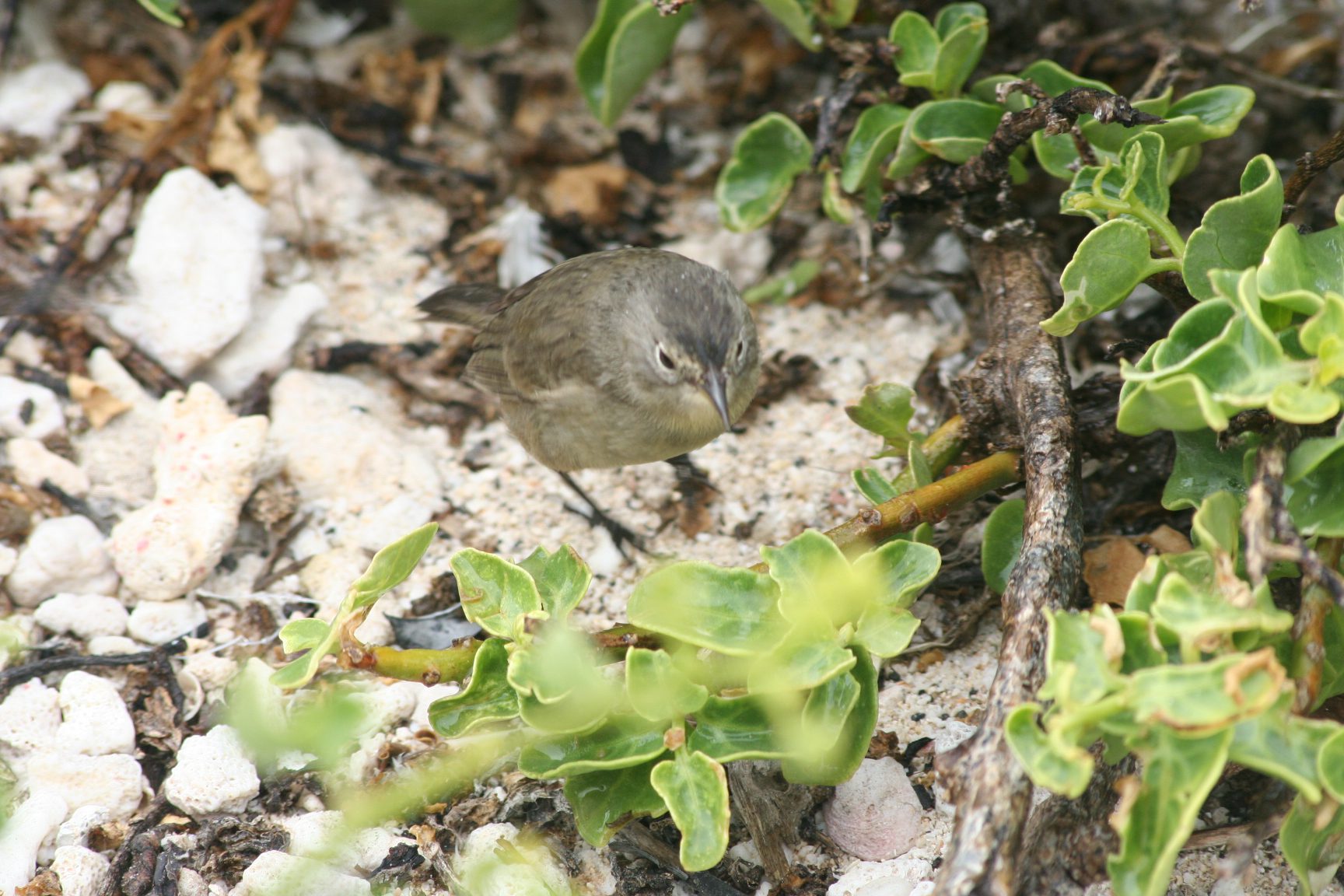

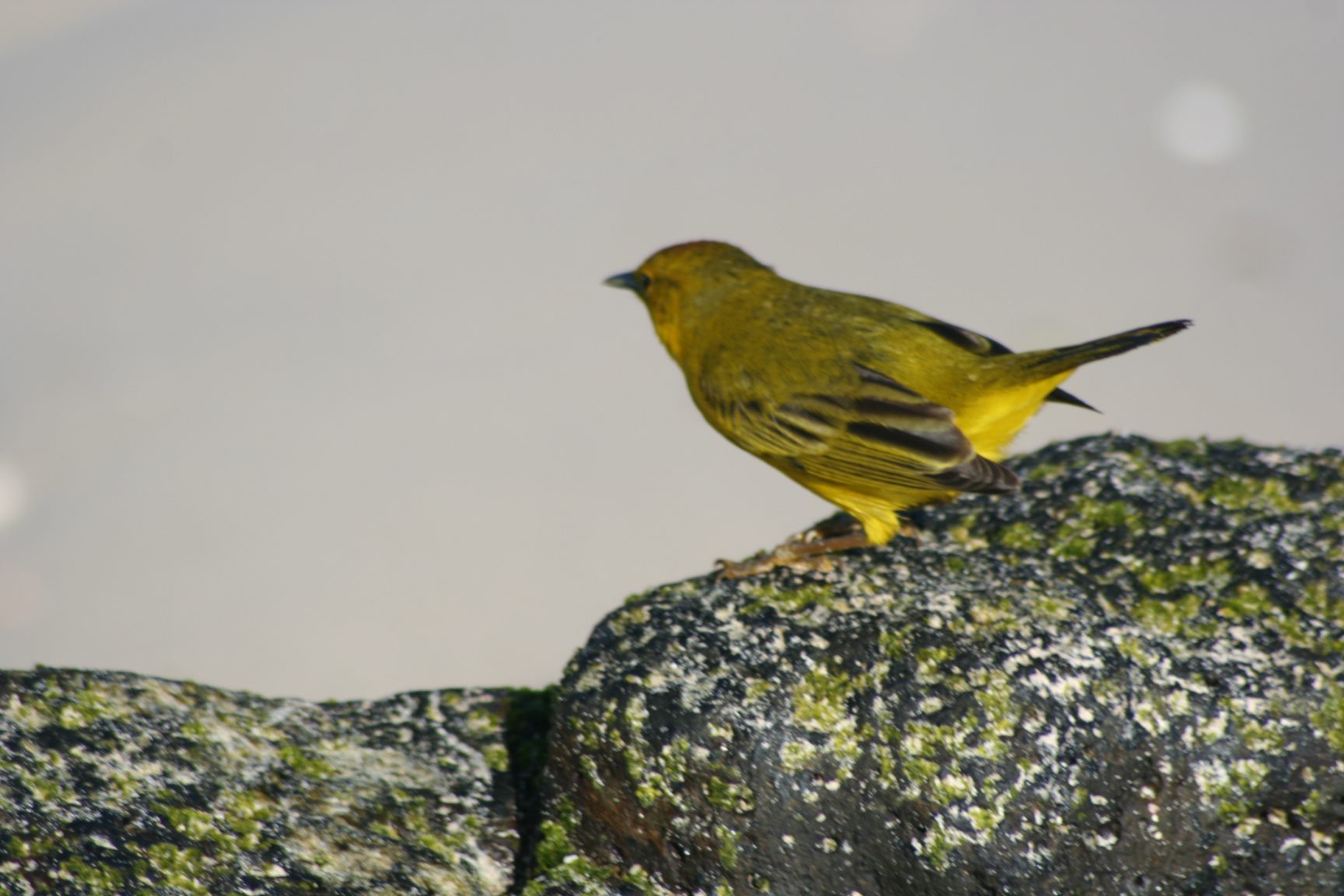
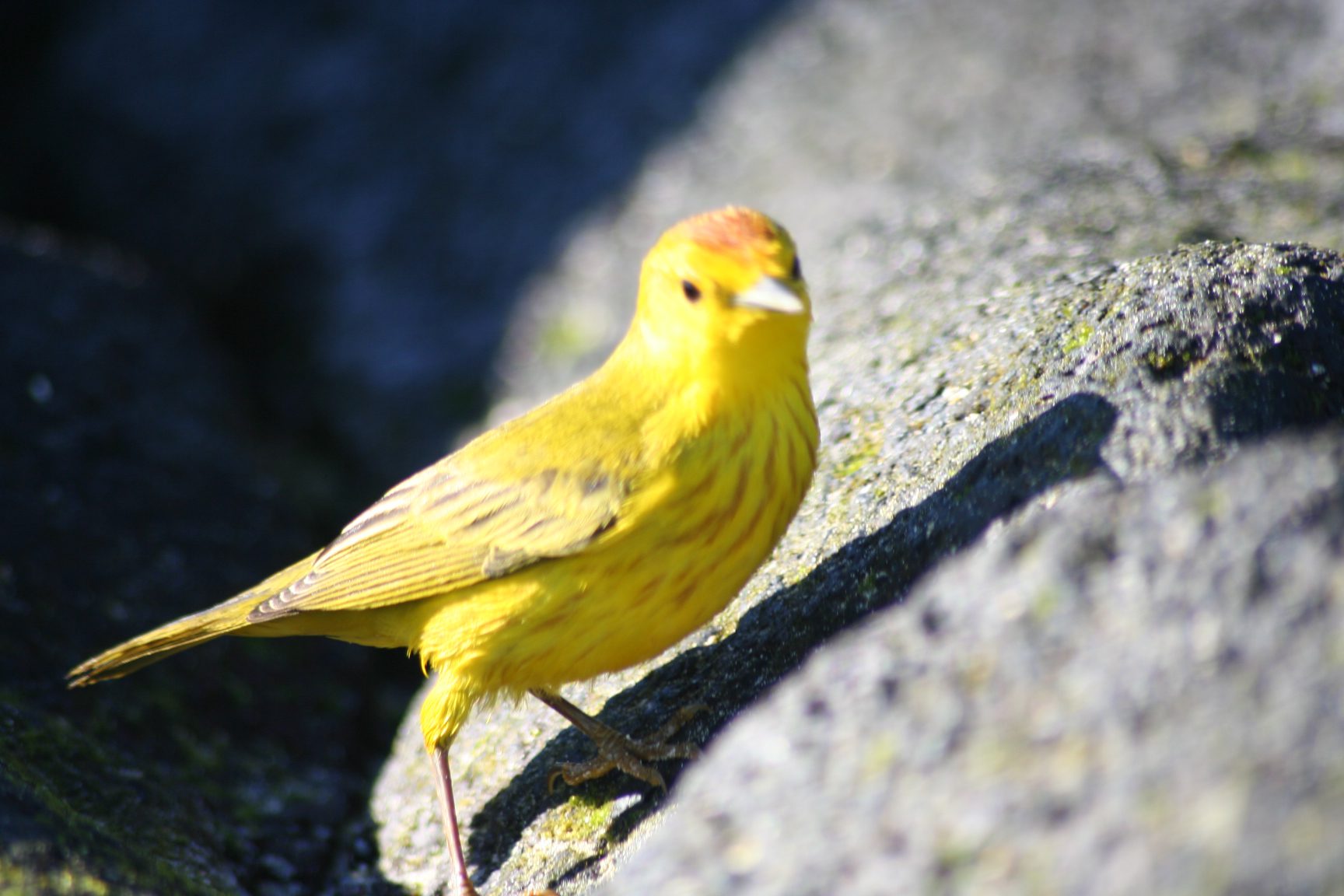
This stretch of trail also passes close to a blue-footed booby nesting site where they were engaged in their elaborate courtship dance. When a male blue-footed booby wants to court a potential mate, he performs a complicated dance involving whistling, flapping wings and showing off their feet to prospective mates with a high-stepping strut. The bluer the feet, the more attractive the mate.
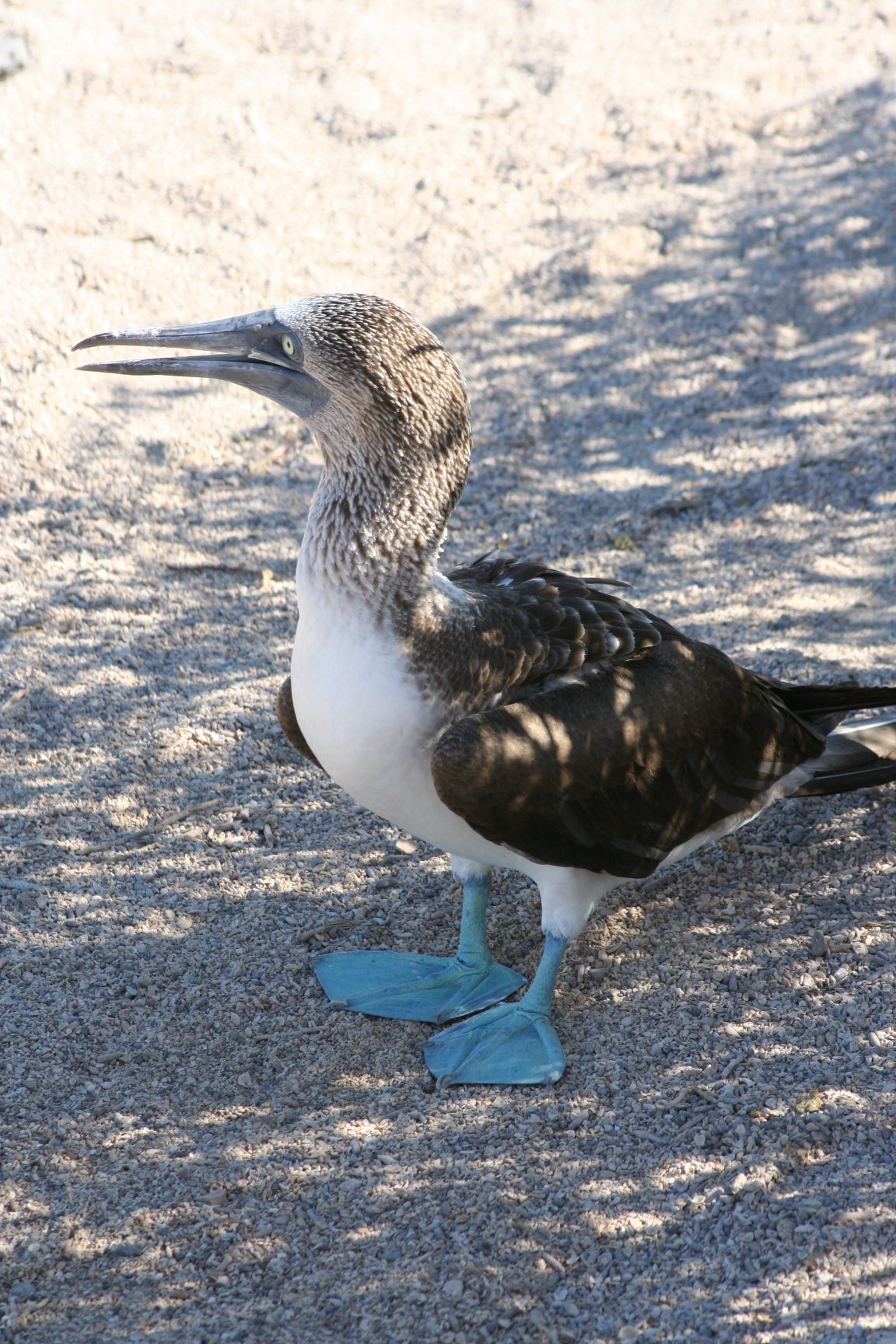

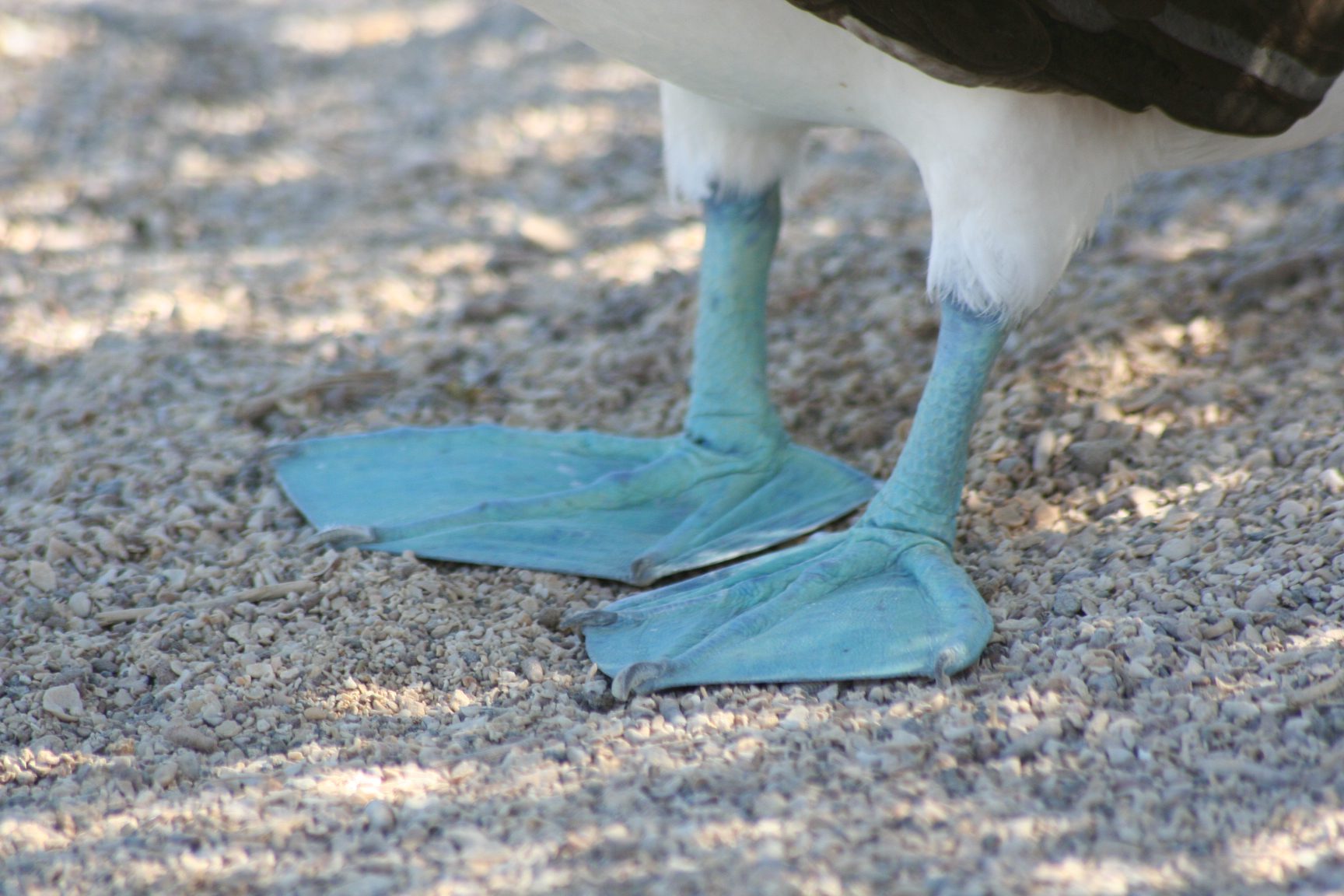
Go Back to: Galapagos
Go to: Darwin Bay

